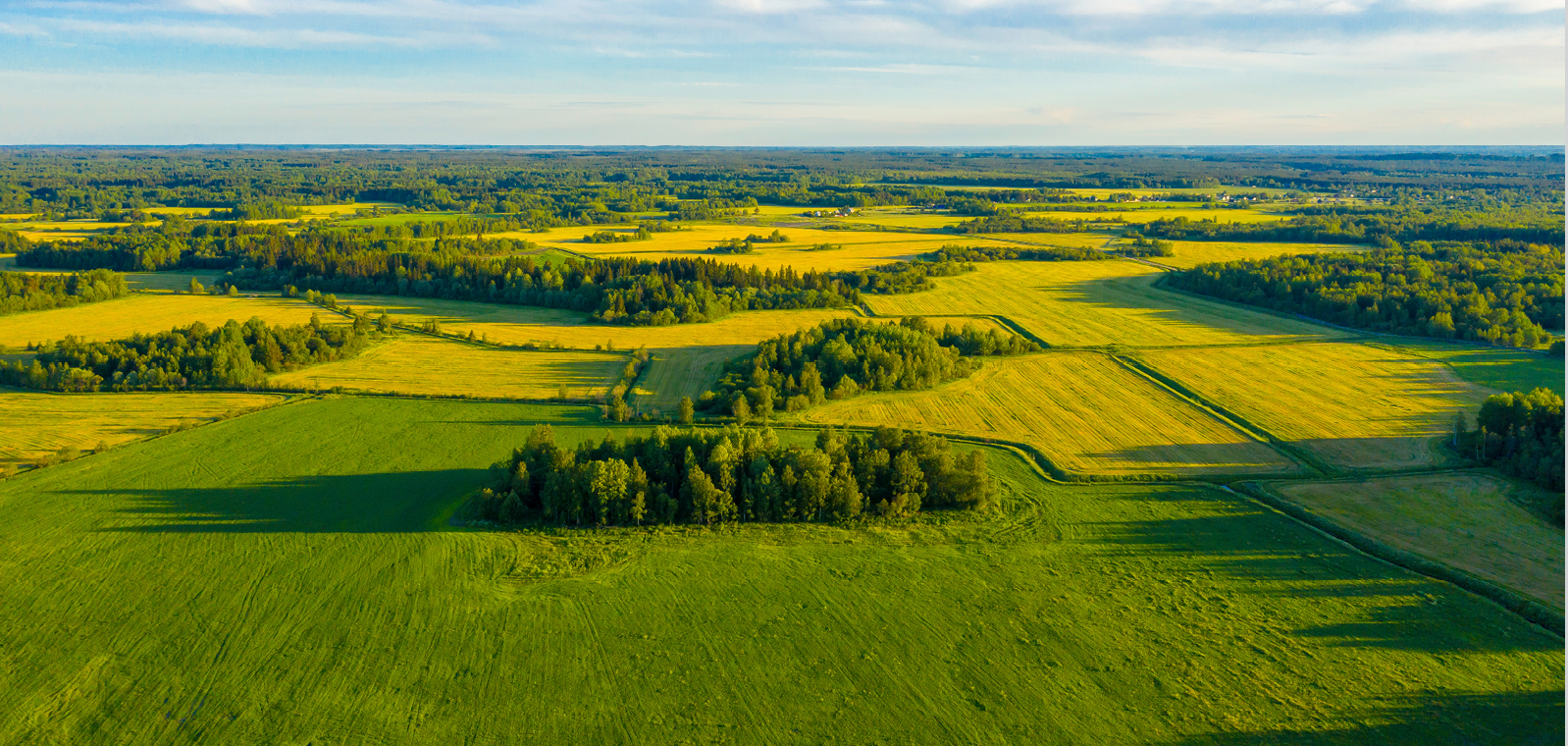
When it comes to crop insurance, one of the most underutilized tools is the use of Precision Data. Reporting your acres and production via Precision Data has many benefits and comes at no cost!
Regardless what you might think, producers do not have to use acres that they report to the FSA for their crop insurance. The fact is, you are allowed to report your acres to your crop insurance agent using Precision Data. Some have estimated there is a 3-10% acreage increase when using the FSA data due their boundaries that can include untillable fence rows, ditches, roads, etc.
What are the benefits of using Precision Data for Crop Insurance?
- Accuracy- Pay premium on the acres you actually plant
- Efficiency- Reduce the amount of time to report your acres to your agent
- Precision- Maintain the most precise Actual Production History (APH) information possible
Cameron Jodlowski, Precision Ag Specialist with Rural Community Insurance Services (RCIS) states, “Utilizing precision ag data for acreage reporting could help you have a more accurate crop insurance policy.”
A lot of producers are taken back when they realize the difference in acres they actually plant compared to what they certify. This has two negative impacts. First, you are paying premium on acres that are not planted. Second, when you go to report your production in the fall, your production numbers are actually being deflated because you are applying your production to inflated acres.
“When utilizing precision ag harvest records, the harvest maps can be used as a hard record when paired with a calibration report, which helps in case their would be an audit or policy review,” added Jodlowski.
In a claim situation, we can use a planting map, harvest map and a calibration report to finalize a claim. Precision Data claims are worked much faster than your traditional claims using livestock feeding records, bin measurements and settlement sheets.
The quality of your data has an impact on how well it will work for crop insurance reporting. Here are a few tips for collecting good data.
- Make sure your field boundaries are set up.
- Name your fields. Your crop insurance policy can use those field names to help match up APH databases with planting information.
- Be able to provide your agent with “raw” data.
Lastly, you should know that you do not have to report both planting and harvest using Precision Data. If you choose, you can use it for planting only, production data only or both. For a claim to be worked using Precision Data, you will need to utilize it with both planting and harvest.
If you are interested in utilizing Precision Data for your crop insurance policy, simply contact your local GreenStone crop insurance specialist!
To view the spring 2024 issue of Partners magazine in its entirety, click here.


